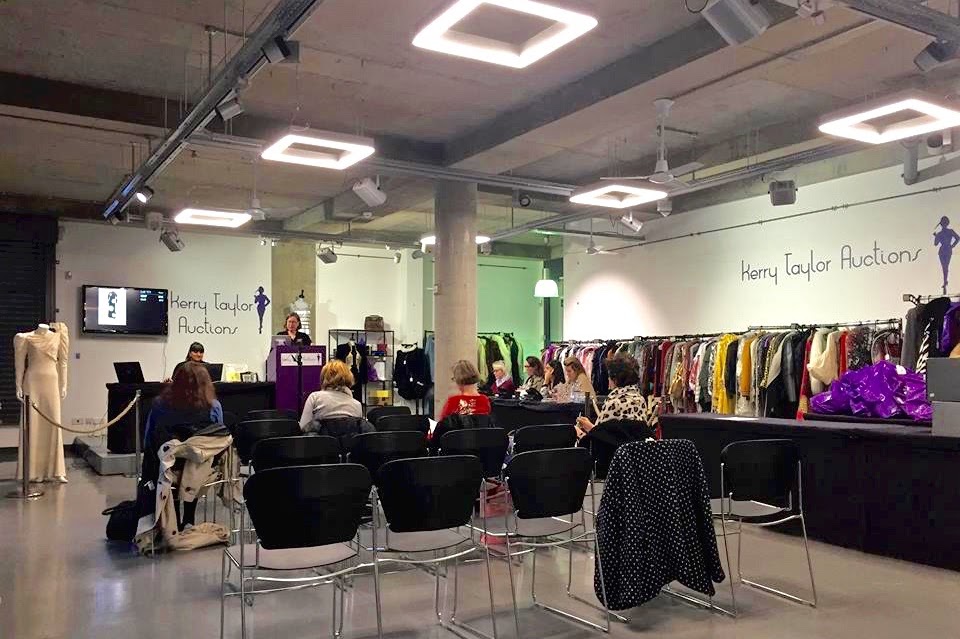A seemingly simple hairstyle, the high ponytail, combed tightly towards the back of the head was all the rage among teenagers during the late 1950s. Setting new trends in order to break away from uncomfortable starched petticoats and arduous time-consuming hairdos, contemporary youth used their new fashions to turn their backs on conservative ideals and set themselves apart from the pre-war-born generation of their parents. The high ponytail is arguably the most "modern" of vintage hairstyles and one that has to this day retained its cool-factor and universal appeal.
Above: Sandra Dee on the set of Gidget (1959).
http://www.tcm.com/this-month/article.html?isPreview=&id=1340445|88154&name=Gidget
Sandra Dee and James Darren in a publicity still from their film Gidget (1959).
http://www.imdb.com/title/tt0052847/mediaviewer/rm2546141696
A still from Tony Richardson's film Look Back in Anger (1959).
http://www.datuopinion.com/look-back-in-anger
A scene from the film Ashes and Diamonds (Andrzej Wajda, 1958).
http://pajtoday.blogspot.co.uk/2012/09/restored-print-ashes-and-diamonds.html
While the United States was still adamant about producing highly stylised, technicolor musicals and melodramas, in Europe the tables were turning. More realistic films were gaining mainstream popularity, especially among the youth. Smaller budgets, outdoor sets, every-day settings and the unidealised living conditions of the working classes, were more frequently portrayed on screen. There was no time or money to hire a professional hairdresser and so actresses had to appear on film as they did in their private lives -- often with strands of hair not quite caught in the tight grip of their hairband, in simple, practical dress and with minimal makeup. In both Tony Richardson's and Andrzej Wajda's films, pictured above, one can see this carefree approach to the female hairdo. Actresses Mary Ure and Ewa Krzyżewska wear their hair in what seems to be a cross between a high ponytail and loosely pinned bun.
Taking on a variety of forms and shapes, the "ideal" late 1950s high ponytail was nonetheless undeniably distinctive in style. Accommodating of the short, wavy hairstyle, fashionable at the time, the ponytail was typically combed in a universal manner, changing only through the addition of a short fringe -- much like the look sported by Sandra Dee in the film Gidget. And although it was considered a casual style, its most desirable shape was a far cry from an easy up-do and required the same pin-curl set and copious amounts of hairspray, as other, seemingly more intricate, hairstyles. Yet despite its laborious creation and fairly sleek look, the high ponytail was never considered elegant enough to be befitting of formal occasions. And it is here that it differs most from the way it is seen today. Considered a versatile hairstyle, perfectly suited to be worn to the gym as well as to the opera, the high ponytail is at once an easy look that one can obtain between sips of coffee by pulling a hairband off their wrist and looping it twice through their tresses. Although, now that I attempt to picture this happening in a film from the late 50s, it seems probable that that's not quite how our predecessors did it!
Sandra Dee on the set of Gidget (1959).
https://www.pinterest.com/pin/277886239488028242/
Audrey Hepburn while filming Funny Face in Paris, 1957.
https://www.emaze.com/@AFQOTITI
Dolores Hart and Elvis Presley in a publicity photo on set of their film Loving You (1957).
http://www.themessageonline.org/us_news/article/id/13229
Yvette Mimieux photographed by Wallace Seawell, c. 1959.
https://www.pinterest.co.uk/pin/228487381072640726/
Yvette Mimieux in the film Where The Boys Are (1960).
http://filmfanatic.org/reviews/?p=27537
Grace Kelly by Howell Conant, 1955.
https://www.pinterest.com/pin/163748136424729542/
Karlie Kloss at the 2016 American Music Awards, Los Angeles.
http://celeb.lianxio.com/2016/11/21/karlie-kloss-2016-american-music-awards-in-los-angeles/














Post a Comment